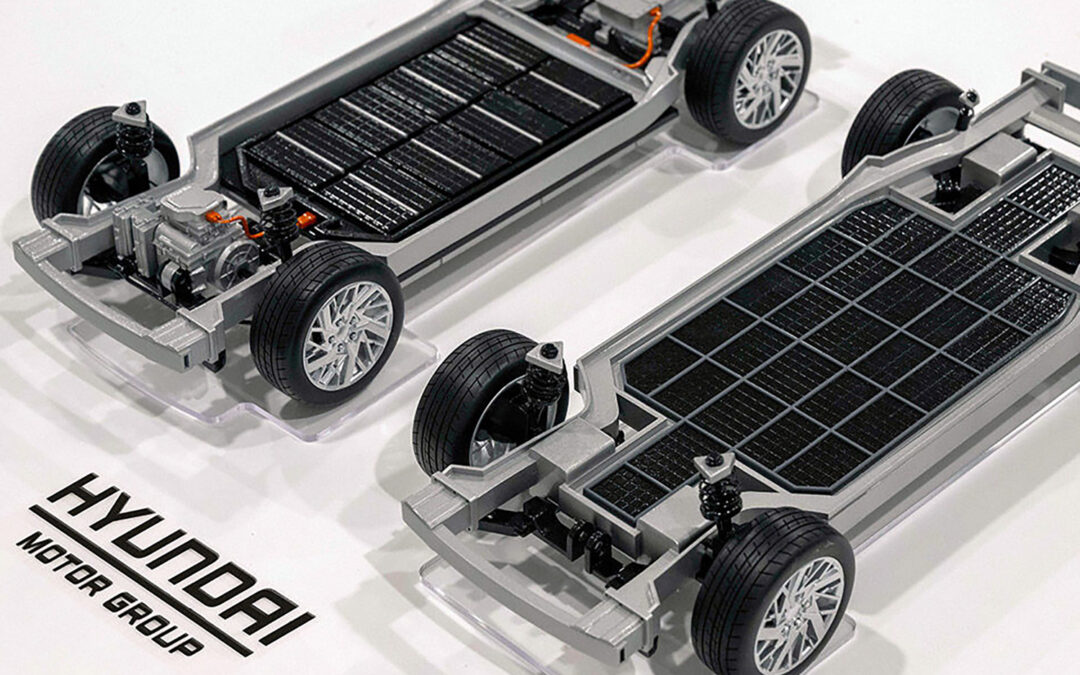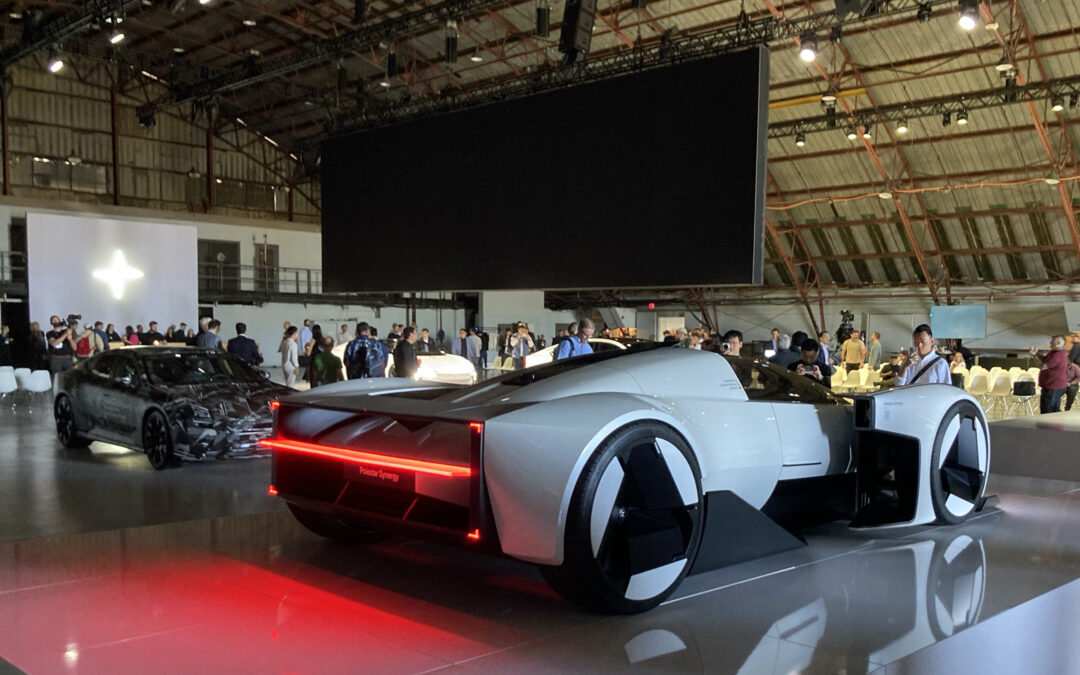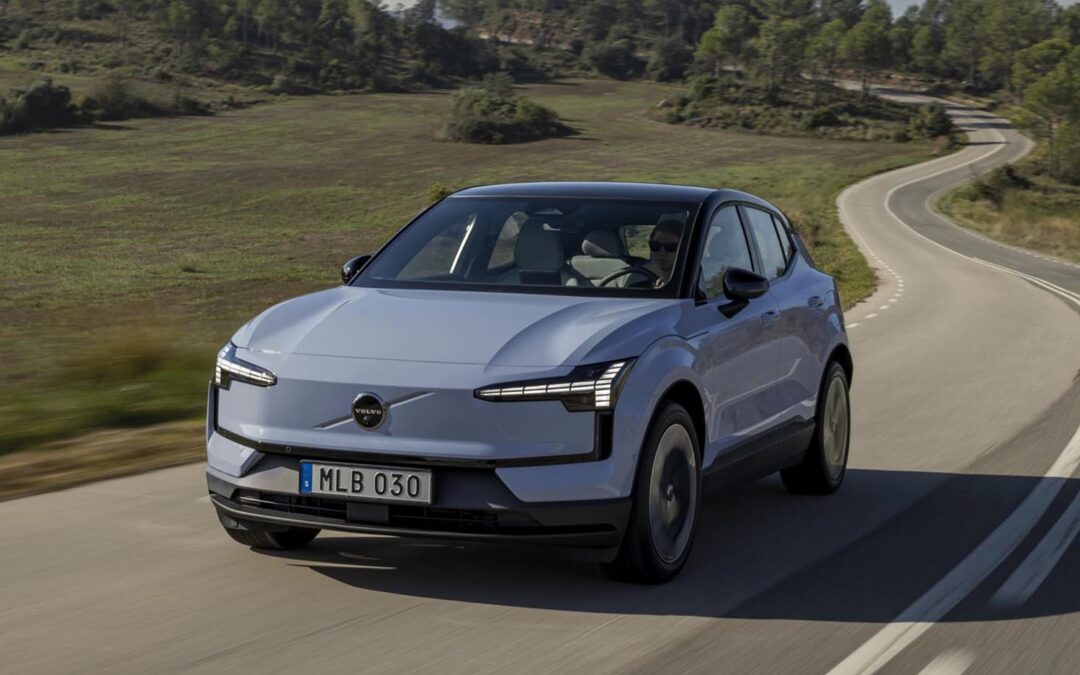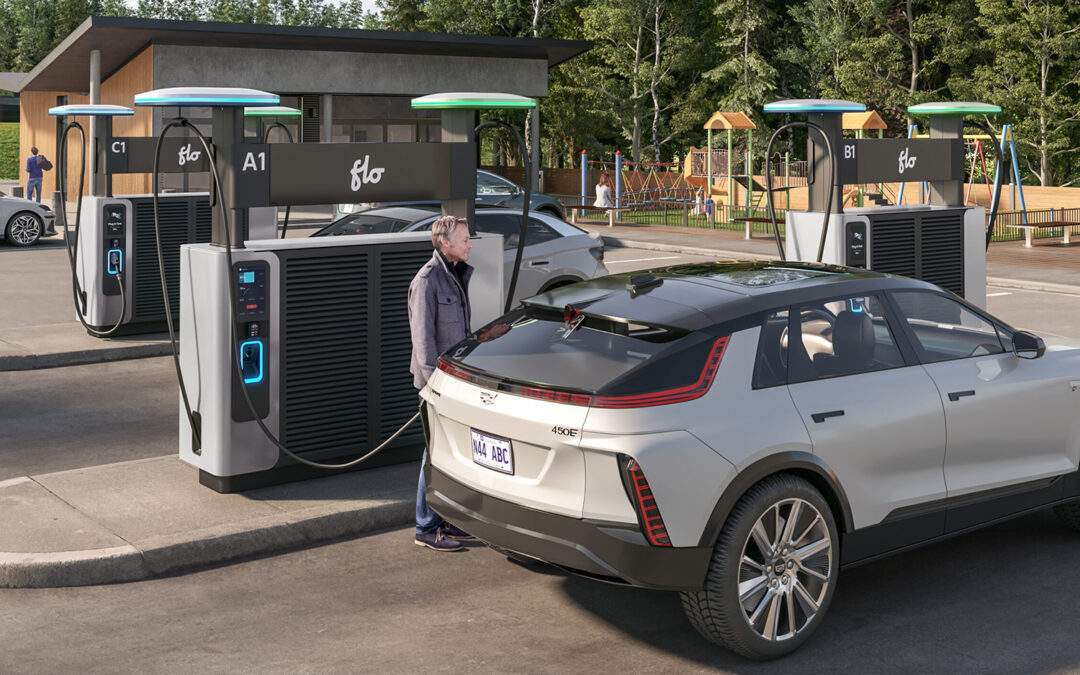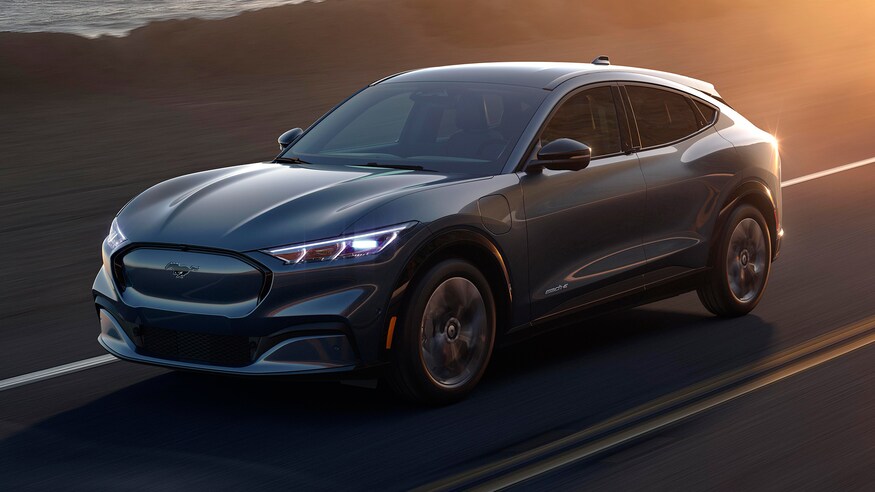Following the unveil yesterday of its first-ever electrified model – the Hornet R/T – Dodge has now provided a look at “the future of electrified muscle” with the Charger Daytona SRT Concept.
As part of parent company Stellantis’ electrification strategy, Dodge is scheduled to unveil its first electric muscle car in 2024. The Charger Daytona SRT marks our first look at the future production model.
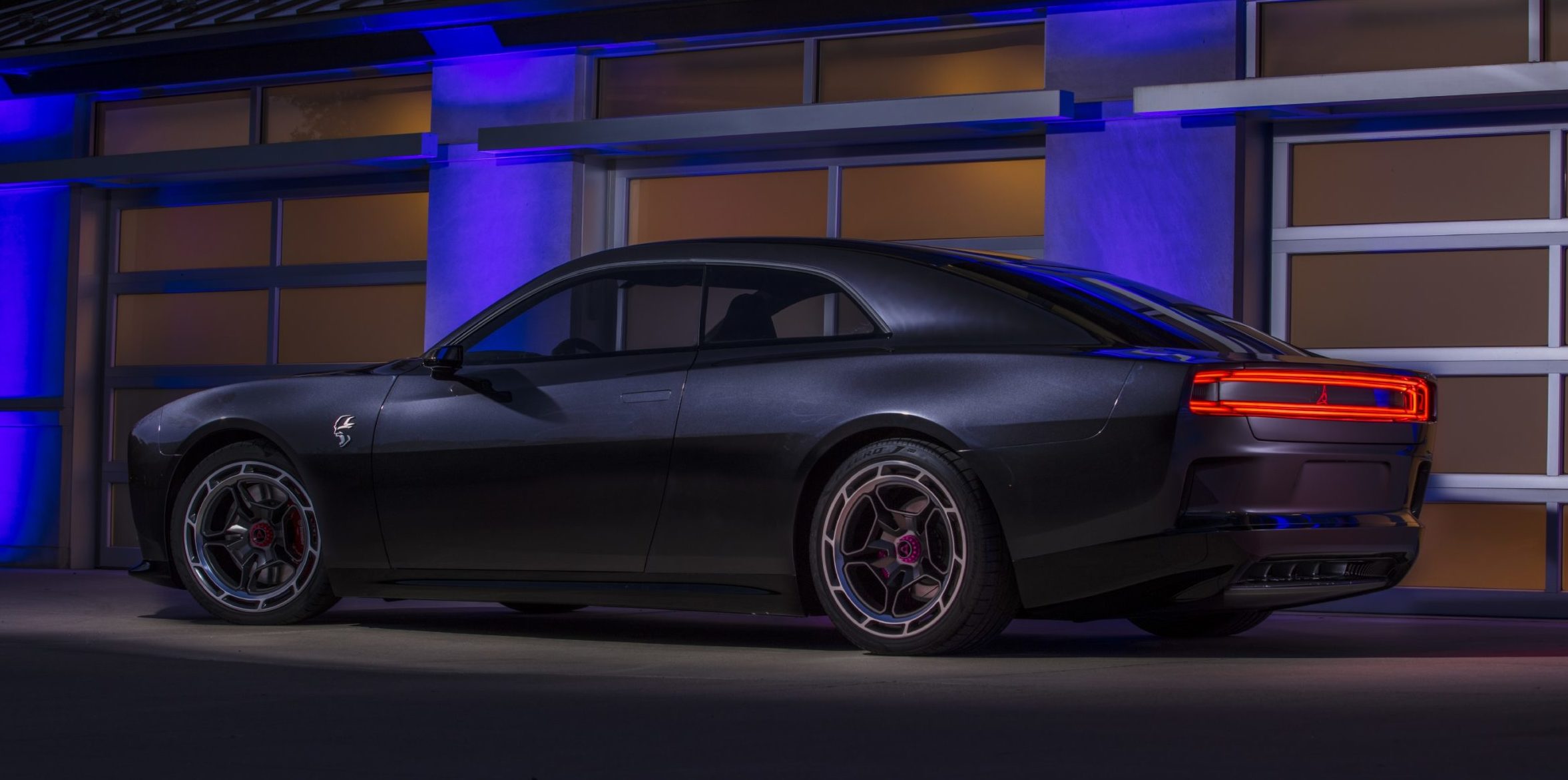
The future of electrified muscle: Dodge Charger Daytona SRT Concept
Said to “muscle aside the boring BEV paradigm” – a bit rich, given that a battery-electric sedan just whipped a Pagani Zonda F around the Nordschleife… – the two-door concept draws significant design parallels from the second-generation 1968 Charger, most notably the full-width front air intake, pronounced shoulder-line, and the aggressively grooved hood.
Read more: The Hornet R/T is Dodge’s first electrified model
In a neat touch, the design also features the three-pointed ‘Fratzog’ badge on the front and rear. Originally used on Dodge’s muscle cars between 1962 and 1976, but reintroduced on the concept to highlight “the brand’s unwavering commitment to its performance heritage” as well as “the new technology capable of pushing limits well beyond the cars of today.” The concept rolls on diamond-cut 21-inch alloys, behind which are red, six-piston calipers.
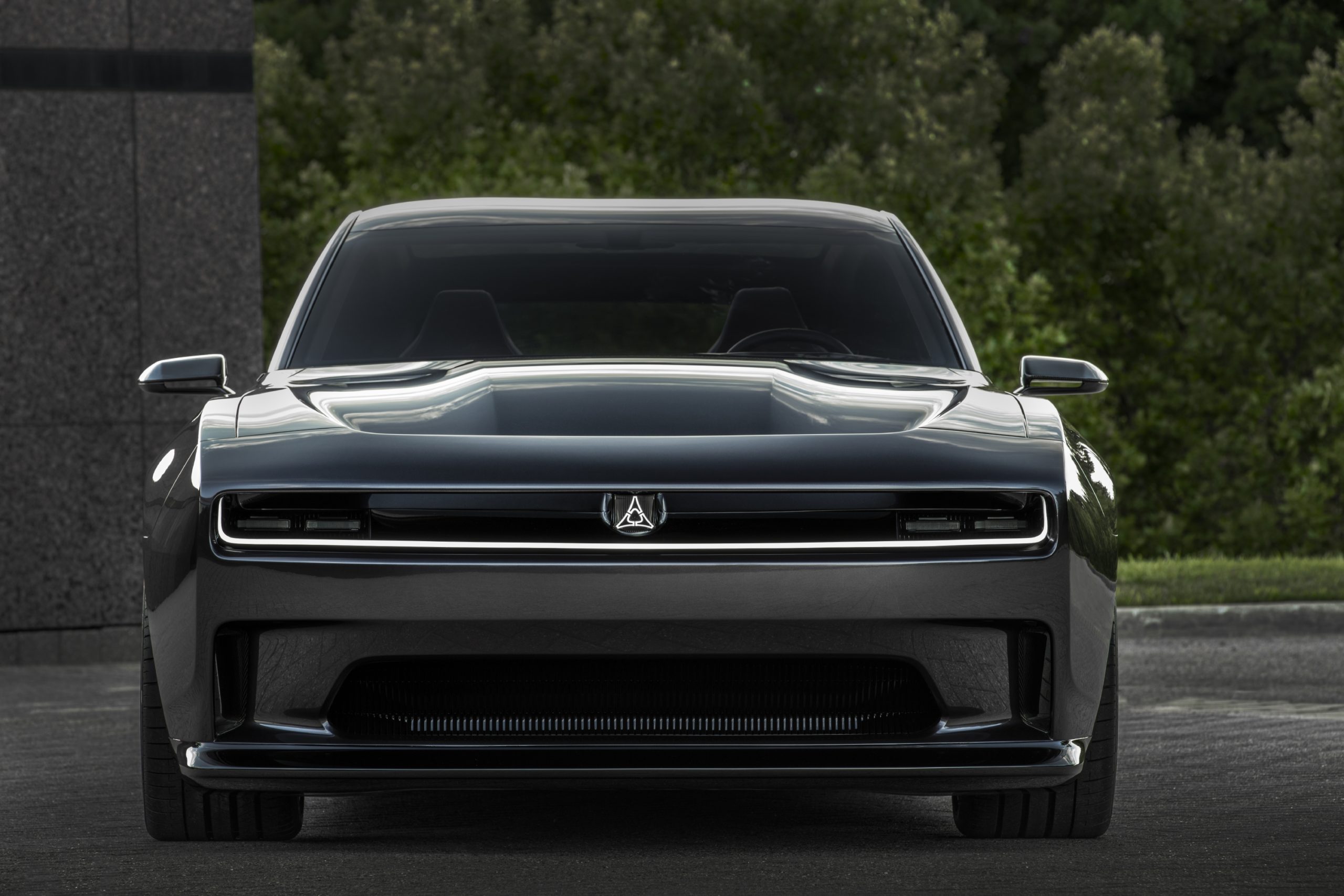
The Dodge Charger Daytona SRT Concept combines modern looks with a long, wide and confident road presence. The front grille stands out with cross-car illuminated lighting centred by a white illuminated Fratzog badge.
Inspired by the tall rear spoiler on the original 1969 Charger Daytona (the first NASCAR vehicle to hit 200 mph), Dodge has incorporated an ‘R-Wing’ at the front, one of three game-changing, patent-pending components on the concept. The R-Wing, a front opening above the air intake, channels air across the hood and through intakes front and rear to improve the aerodynamics and enhance downforce.
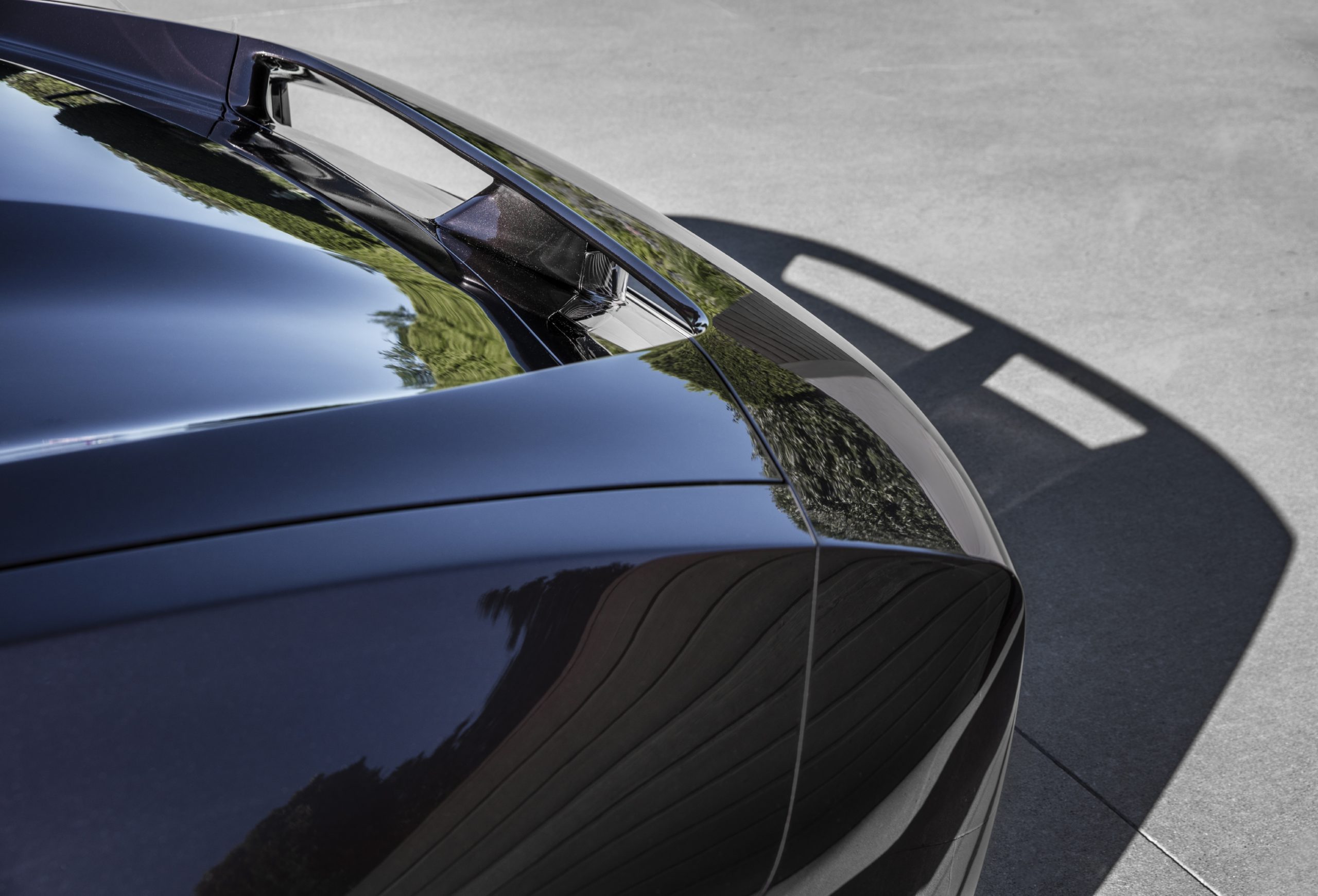
The Dodge Charger Daytona SRT Concept’s R-Wing, an homage to the original Charger Daytona design, allows air to flow through the front opening, enhancing downforce. Incorporated into the functional performance hood, the front R-Wing holds true to the brand’s dramatic exterior themes while delivering an aerodynamically improved pass-through design.
The other two game-changers include a Fratzonic Chambered Exhaust, which features an amplifier to replace the EV’s silent hum with a 126-decibel “roar,” and an eRupt transmission. The latter is a departure from the direct-drive system traditionally used on EVs (the Porsche Taycan and Audi e-tron GT are the only high-profile exceptions). Other than saying the system “delivers distinctive shift points” though, Dodge does not go into further details.
The transmission is part of an 800-volt EV-dedicated architecture – dubbed ‘the Banshee’ – which is double the voltage used by most EVs (again, the Taycan, the e-Tron GT, plus the Hyundai Ioniq 5 and the Kia EV6 are the main exceptions) in a bid to allow faster charging times. The front fenders also sport brushed aluminum ‘Banshee’ badges.
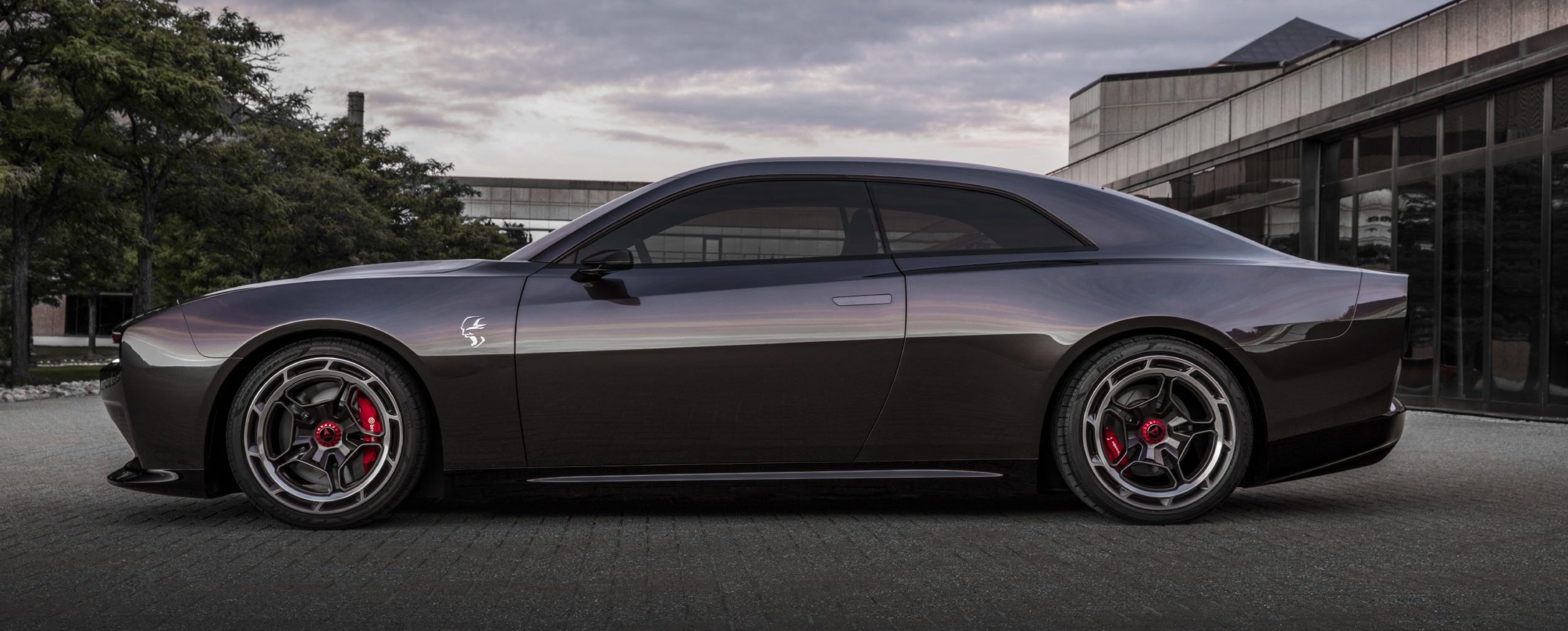
The Dodge Charger Daytona SRT Concept
Strangely though, other than confirmation that the Daytona SRT is all-wheel drive and will be faster than Dodge’s current most ferocious model – the Hellcat – “in all key performance measures,” few details regarding the powertrain have been given. That performance increase is no small undertaking either, given that the ‘regular Charger SRT Hellcat features a 717 hp, 6.2-litre supercharged Hemi V8 that can hit 0-60 mph in 3.8 seconds. Dodge’s ‘Powershot’ boost system, announced for the Hornet R/T compact SUV, will also be featured.
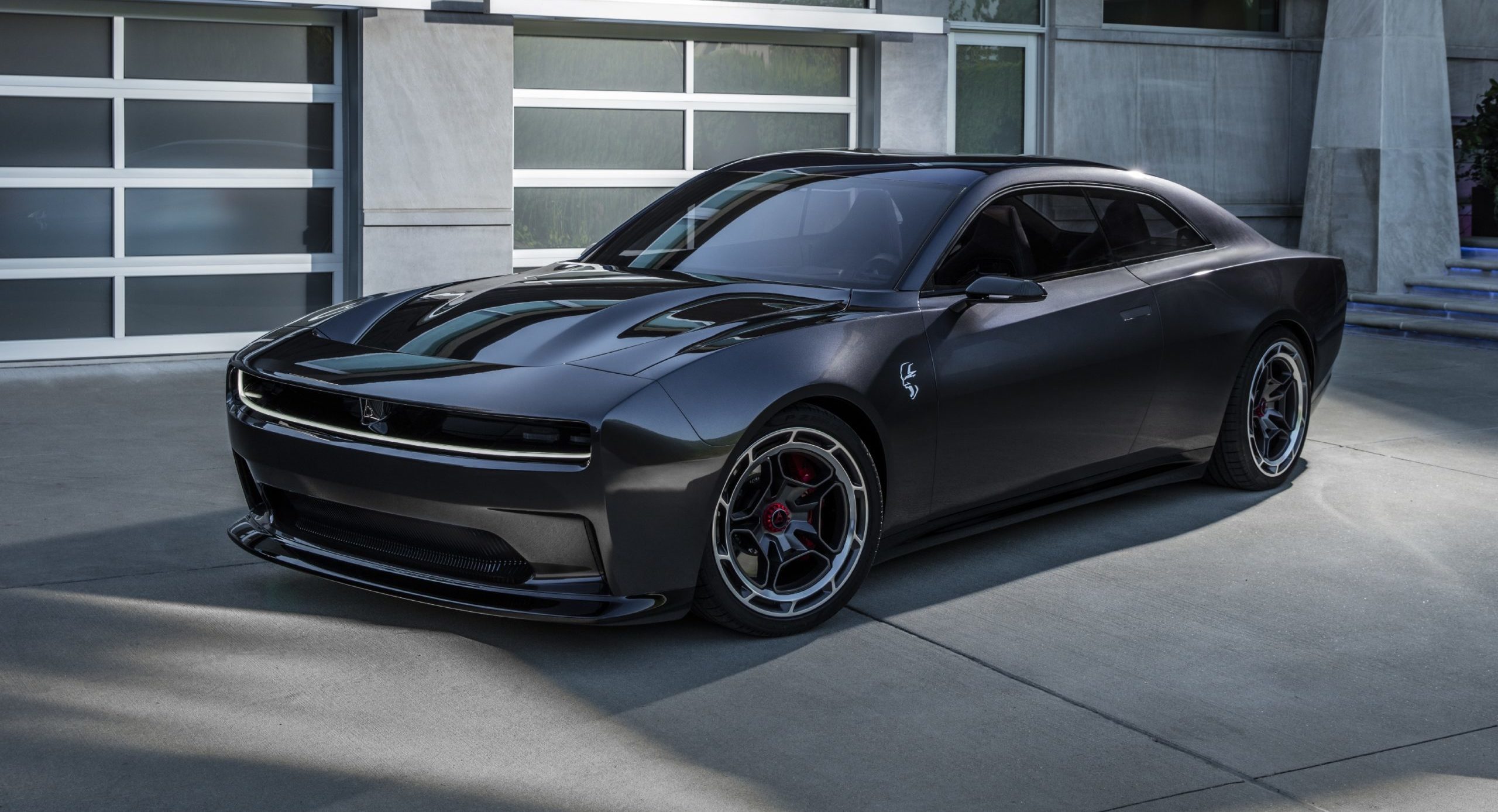
The Dodge Charger Daytona SRT Concept
In an ironic contrast to the concept’s performance potential, the concept’s cabin appears to err more on the practical side. There’s the traditional flat-bottom steering wheel, “driver-focused” 16-inch instrument cluster, and, of course, deft use of carbon fibre. But Dodge is keen to emphasize that the folding rear seats and the new hatchback trunk will provide ample luggage space too, while the panoramic glass roof is said to provide an “open-air feel” for passengers travelling in the back.
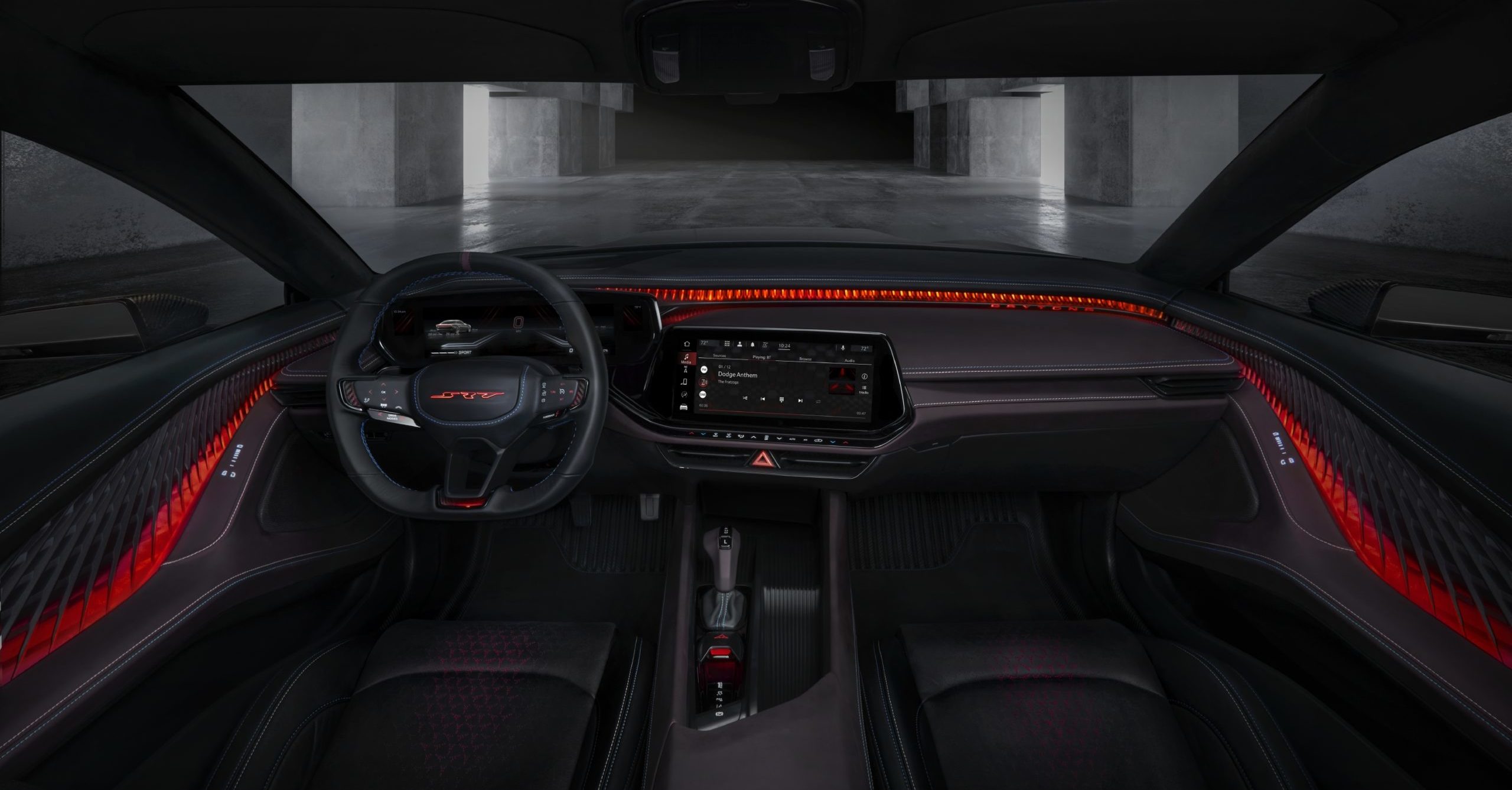
The Dodge Charger Daytona SRT Concept’s interior
